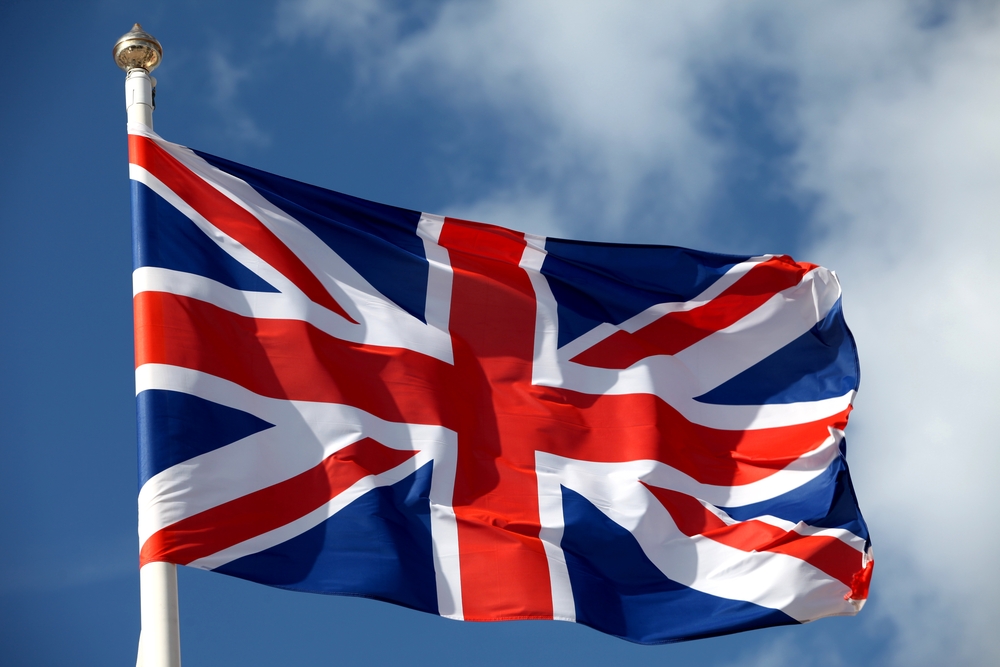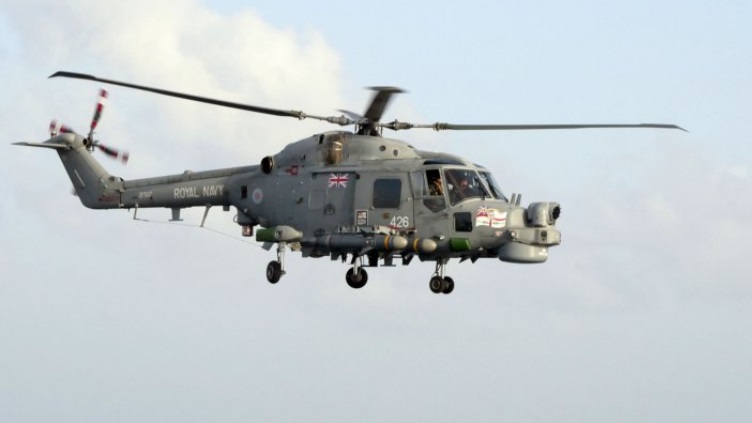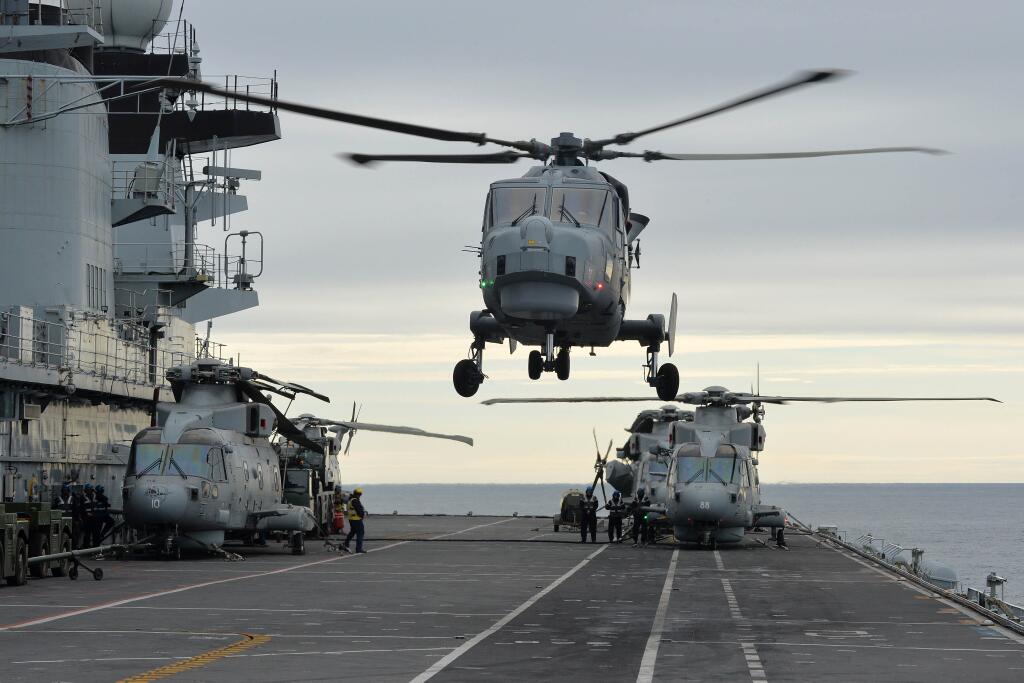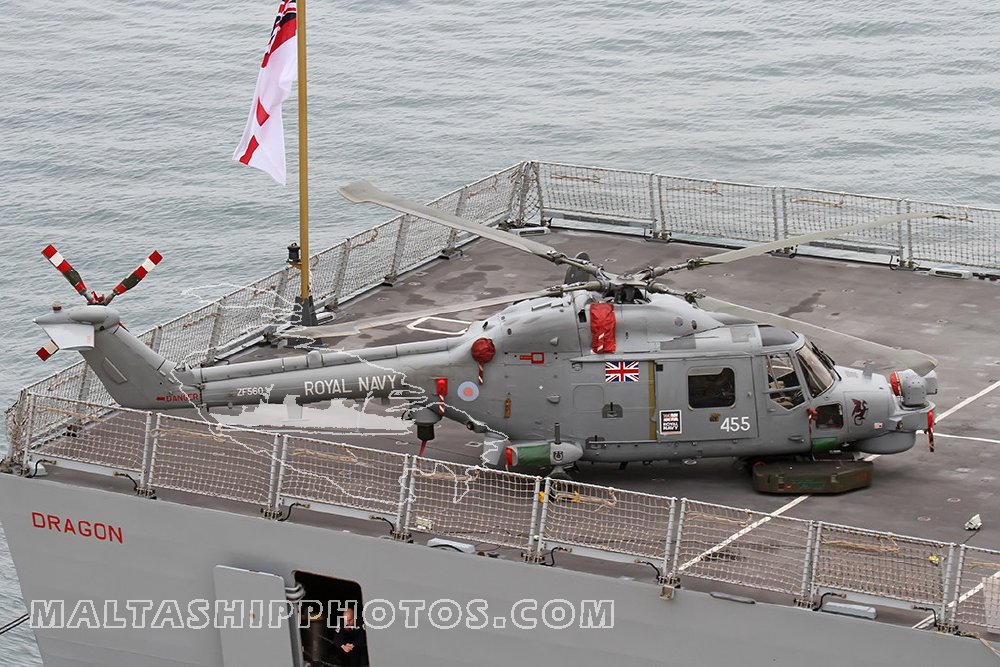
- MBDA has performed air carriage and jettison trials of the Sea Venom/ANL anti-ship missile from a Royal Navy Lynx HMA.8 helicopter
- The initiative is designed to boost the export appeal of Sea Venom/ANL to legacy Lynx and Super Lynx users

The trials, undertaken in March at the Larkhill Range in Wiltshire, England, culminated in the jettisoning of two inert Sea Venom/ANL missiles fitted with telemetry kits. The trials marked the last flights of the Lynx HMA.8 in UK service, with the type officially retired from service on 31 March 2017; the MBDA Sea Skua missile was retired from RN service at the same time.
Developed by MBDA to meet the joint needs of the United Kingdom and France for a future helicopter-launched anti-ship missile, Sea Venom/ANL is a high-subsonic, drop-launch sea-skimming missile featuring an imaging infrared seeker, a two-way datalink, a 30 kg semi-armour piercing blast/fragmentation warhead, and a maximum range in excess of 20 km. In the United Kingdom, the missile will equip the RN's Wildcat HMA.2 helicopter to satisfy the Future Anti-Surface Guided Weapon (Heavy) requirement and replace the capability previously delivered by the Sea Skua.
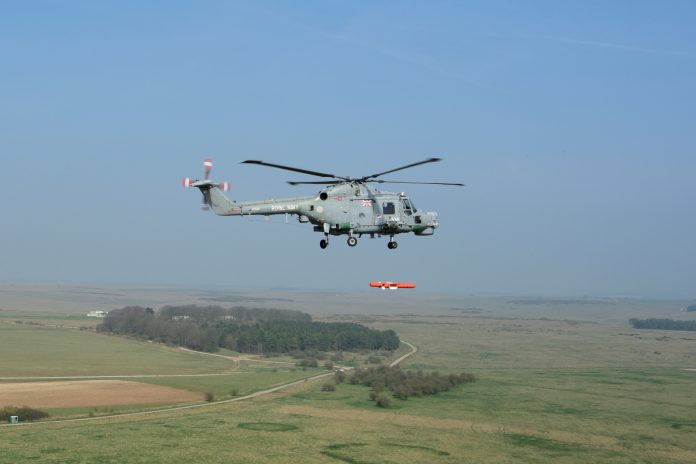
Other Sea Skua export customers - such as Brazil, Malaysia, and South Korea - will see their missile stockpiles reach life expiry in the near future. However, their respective Lynx/Super Lynx helicopter fleets are expected to remain in service for another 10-15 years.
A UK industry cluster led by MBDA last year launched a GBP4 million (USD5 million) phased investment programme to integrate and qualify Sea Venom/ANL on existing Lynx/Super Lynx maritime helicopters, with the intention to get this capability 'customer ready' by 2018.
ليس لديك تصريح لمشاهدة الرابط، فضلا قم ب تسجيل الدخول او تسجيل

